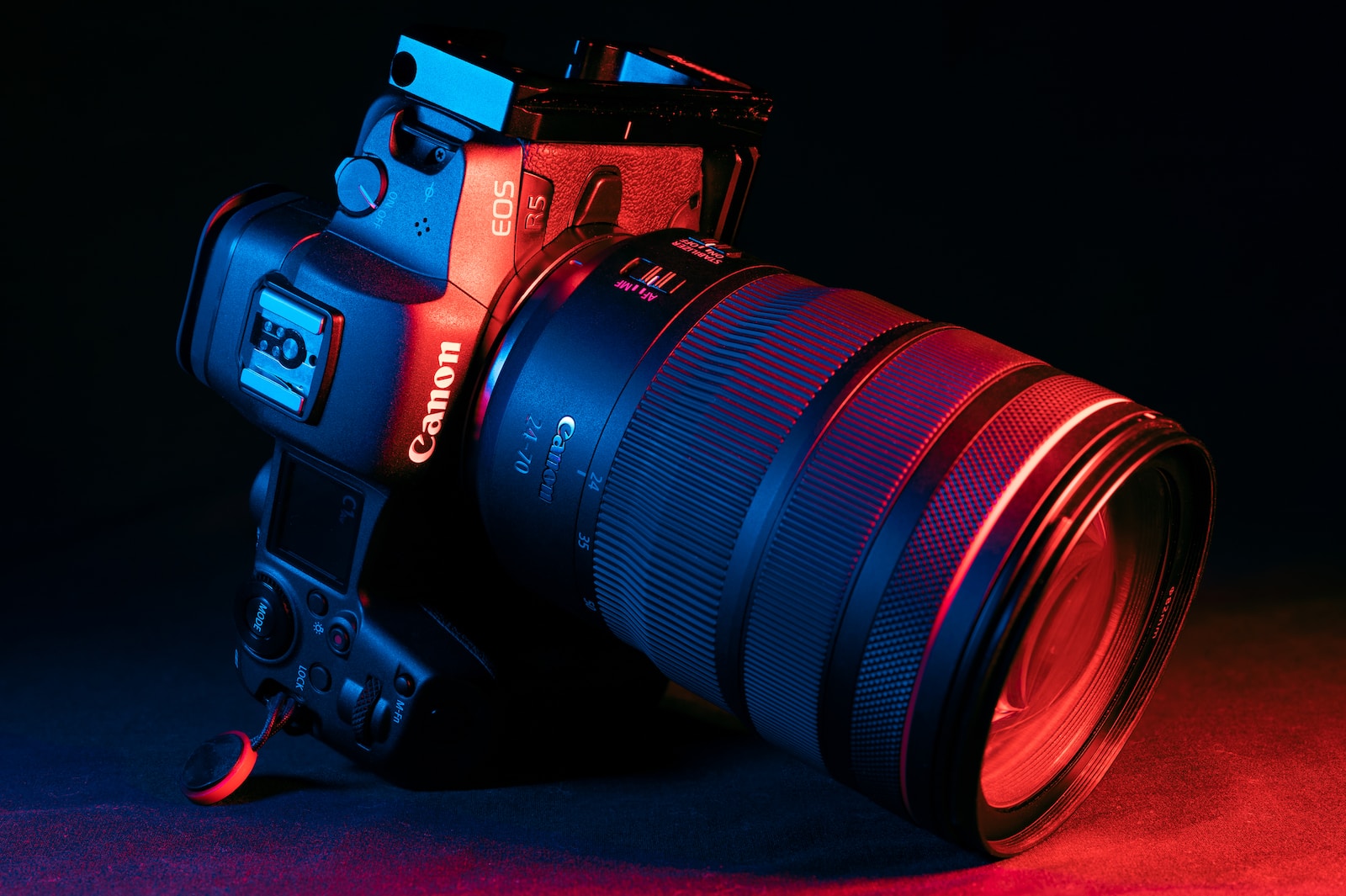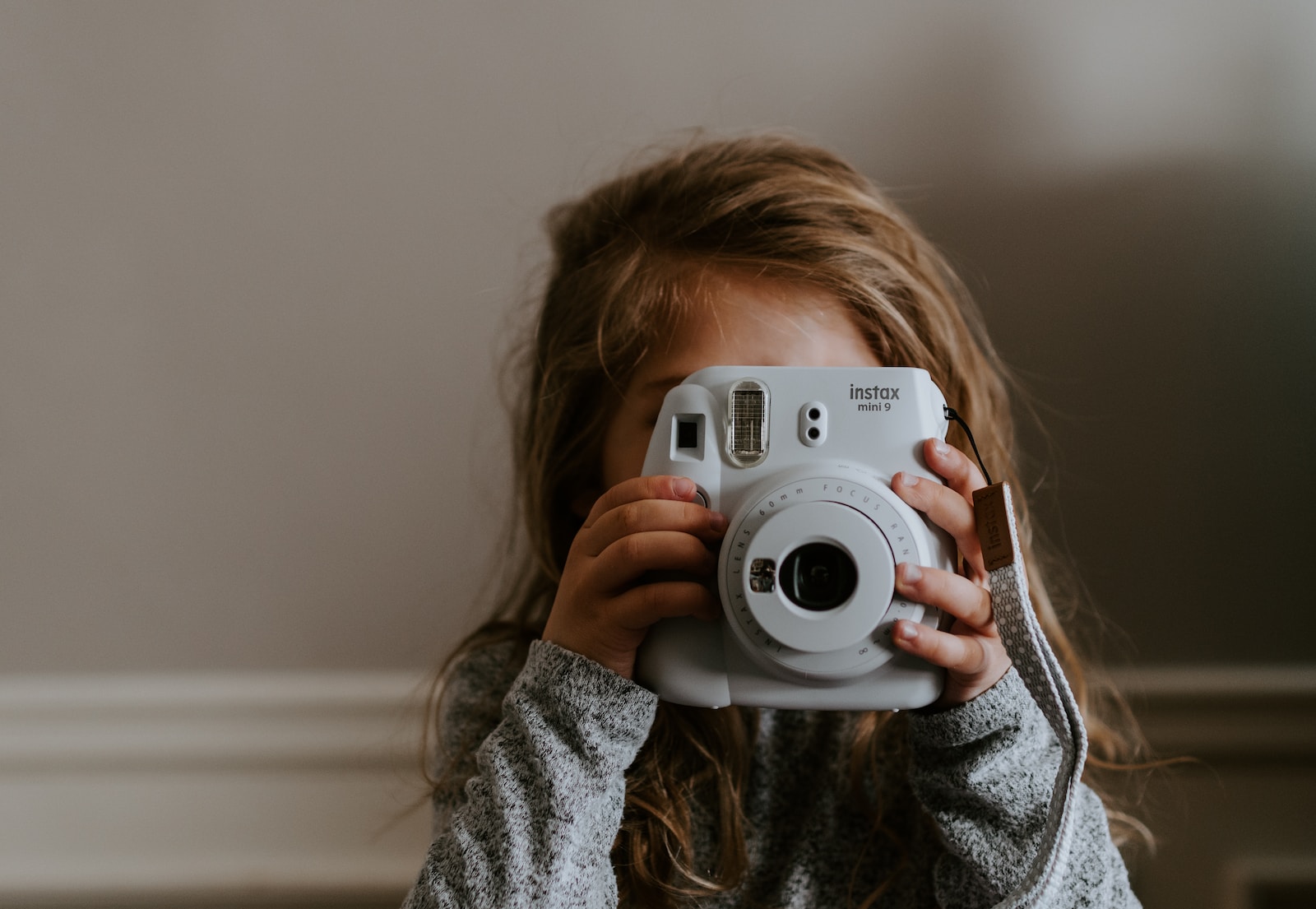Welcome to Money Shots: Mastering Commercial Photography, the ultimate guide to succeeding in the world of commercial photography. If you have a passion for photography and a desire to turn it into a lucrative business, you’ve come to the right place. In this blog, we will share expert tips and strategies on how to break into the commercial photography industry, land high-paying gigs, and establish your brand. Get ready to capture the perfect shots that make both your clients and your bank account happy!
Table of Contents
- Mastering the Art of Commercial Photography: Capturing the Perfect Shot
- Choosing the Right Camera or Commercial Photography
- Harnessing the Seasons for Dynamic Shots
- Frequently Asked Questions
- 1. What is commercial photography?
- 2. How can I start a career in commercial photography?
- 3. What are the essential skills required for commercial photography?
- 4. How can I market myself as a commercial photographer?
- 5. What pricing structure should I follow for commercial photography?
- 6. How can I stay updated with the latest trends in commercial photography?
- Wrap Up
Mastering the Art of Commercial Photography: Capturing the Perfect Shot
When it comes to commercial photography, having a subject that effectively grabs attention is crucial. Whether you are shooting for advertisements, magazines, or product catalogs, capturing the essence of the subject is essential for creating impactful images. In this article, we will explore how to make your subjects stand out and share some expert tips on techniques that will help you master the art of commercial photography.
Finding Interesting Features
In order to capture amazing commercial photographs, it’s important to identify the unique and interesting features of your subject. Look for characteristics that set it apart from others. These features could be architectural details, intricate textures, bold colors, or captivating patterns. By highlighting these aspects, you can create visually stunning images that will captivate the viewer.
For instance, if you are photographing a modern office space, focus on the sleek lines, the play of natural light, or the way the space is utilized creatively. These details will add depth and character to your images, making them more appealing to potential clients.
Techniques for Standout Shots
Now that you have discovered the interesting features of your subject, it’s time to explore techniques that will make your photographs truly shine. Here are a few techniques to consider:
- Composition: A well-composed photograph can make a world of difference. Experiment with the rule of thirds, leading lines, and diagonal compositions to add visual interest to your images. Compose your shot in a way that guides the viewer’s eye towards the unique features of your subject.
- Lighting: Proper lighting is essential for creating stunning commercial photographs. Whether using natural light or artificial lighting, ensure that your subject is well illuminated. Play with shadows and highlights to add depth and dimension to your images. Consider using diffusers, reflectors, or even multiple light sources to achieve the desired effect.
- Perspective: Don’t be afraid to experiment with different angles and perspectives. Get down low, climb high, or shoot from unusual vantage points to create unique and visually captivating images. Changing your perspective can provide a fresh and interesting take on your subject.
- Post-processing: Editing plays a vital role in commercial photography. Enhance the colors, adjust the contrast, and fine-tune the details to make your images pop. However, it’s important not to overdo it. Keep the editing natural and avoid excessive manipulation that may detract from the authenticity of the subject.
By utilizing these techniques and incorporating your creativity and vision, you can master the art of capturing standout shots in the world of commercial photography.
Remember, commercial photography is all about showcasing your subject in the most appealing way possible. Finding interesting features and employing effective techniques will help you create captivating visuals that can entice potential clients and set your work apart from the competition.
Did you know that commercial photography is a multi-billion dollar industry? From product shots to advertising campaigns, businesses rely on professional photographers to capture the perfect images that sell their products or services.
Choosing the Right Camera or Commercial Photography
When it comes to commercial photography, the right equipment can make all the difference in capturing those money shots. The camera, lenses, and other equipment you choose will greatly impact the quality and success of your work. In this section, we will explore the key factors to consider when selecting the best gear for commercial photography.
Camera Considerations
The camera you choose should be able to handle the demands of commercial photography, delivering exceptional image quality, versatility, and reliability. Here are some key factors to consider:
- Sensor Size: A larger sensor generally provides better image quality and low-light performance. Consider full-frame or crop-frame sensors for professional results.
- Resolution: Higher resolution cameras allow for detailed images, giving you flexibility in post-processing or cropping. Aim for a minimum of 20 megapixels.
- Autofocus: Look for a camera with advanced autofocus capabilities, including a sufficient number of focus points and fast response times for capturing those fast-moving subjects.
- Continuous Shooting Speed: Commercial photography often involves capturing action shots or moments in rapid succession. A higher continuous shooting speed will enable you to freeze motion and choose the perfect frame.
- Durability: Commercial photography can be demanding, requiring a camera that can withstand different environments and heavy usage. Look for weather-sealed bodies and robust build quality.
Essential Lenses for Commercial Photography
While the camera body is essential, the lenses you choose are equally important. Here are some crucial lens options and the benefits they provide:
- Wide-Angle Lens: Ideal for capturing expansive product shots or interior photography, wide-angle lenses offer a broader field of view and help create a sense of depth.
- Standard Zoom Lens: A versatile lens for a wide range of commercial photography applications, such as portraits or event coverage. It provides a natural perspective and is a great all-rounder.
- Telephoto Lens: Perfect for capturing distant subjects or for compressing the background, telephoto lenses bring objects closer and help isolate subjects, making them ideal for product or fashion photography.
- Macro Lens: If you specialize in close-up photography, a macro lens will allow you to capture intricate details of products or small subjects. It is a must-have for product photographers.
- Prime Lens: Prime lenses offer superior image quality, wider maximum apertures, and better low-light performance compared to zoom lenses. Consider them for capturing stunning portraits or artistic shots.
Remember, the camera and lenses mentioned here are examples of the types of equipment that can benefit a commercial photographer. Explore options within your budget and evaluate specific needs based on the subject matter and style of your work. Ultimately, choosing the right camera and equipment will elevate your commercial photography game and help you achieve those money shots that clients desire.

Harnessing the Seasons for Dynamic Shots
As a commercial photographer, one of the key factors that can set your work apart is capturing the perfect moment in time. By understanding the best time of year to take photos, you can maximize the impact of your commercial images.
For capturing outdoor shots, the seasons play a crucial role. Spring offers vibrant colors and blooming flowers, while summer provides long days with abundant natural light. The warm hues of autumn and the winter landscapes offer unique opportunities for striking and ethereal images.
To illustrate this point, let’s consider a commercial photography project for an outdoor restaurant. In spring, you can showcase the restaurant’s lush patio adorned with colorful flowers, enticing potential customers to enjoy a meal in the beautiful surroundings. Conversely, during winter, you can highlight the restaurant’s cozy interior and warm ambiance, appealing to customers seeking comfort and refuge from the cold.
Finding the Perfect Vantage Points and Positions
In addition to timing your photoshoots to coincide with the most visually appealing seasons, selecting the right vantage points and positions as a photographer can greatly enhance your commercial images.
When choosing a vantage point, consider the subject matter and the story you want to convey. For instance, if you’re photographing a bustling street in a cityscape, capturing the view from a high-rise building will provide a sweeping and impactful shot. On the other hand, getting down to street level with a wide-angle lens can capture the energy and dynamic atmosphere.
Furthermore, the position from which you shoot can also make a significant difference. Experiment with different angles and perspectives to create unique and eye-catching images. For a product photoshoot, try shooting from above to showcase the intricate details or from below to create a sense of grandeur. By pushing creative boundaries, you can capture images that captivate and leave a lasting impression.
Continuing with our example of the outdoor restaurant, different vantage points and positions could be employed to showcase its appeal. From a high angle, you can capture the restaurant in the context of its surroundings, such as adjacent parks or waterfronts. Alternatively, a close-up shot of a beautifully plated dish from a low angle can entice viewers with its mouth-watering presentation.
Remember, while it’s essential to plan and strategize for your commercial photography work, don’t be afraid to experiment and let your creativity shine through. Ultimately, mastering the best time of year to take photos and finding the right vantage points and positions will help you create money shots that stand out and leave a lasting impression.
When shooting commercial photography, make sure to use a tripod for stability. This will help you achieve sharp and focused images, especially when working with longer exposures or capturing intricate details. A steady camera is essential for producing professional-looking shots that can impress potential clients and employers.
Frequently Asked Questions
1. What is commercial photography?
Commercial photography is the art of creating compelling images that are used for advertising, marketing, or promoting products, services, or businesses. It is often done by professional photographers who have the skills and knowledge to effectively capture images that meet the specific needs of commercial clients.
2. How can I start a career in commercial photography?
To start a career in commercial photography, you need to have a strong foundation in photography techniques and equipment. It’s important to invest in a high-quality camera and lenses to capture high-resolution images. Additionally, building a portfolio of your work that showcases your skills and creativity is crucial. Networking with potential clients, such as advertising agencies and businesses, is another effective way to get noticed in the industry.
3. What are the essential skills required for commercial photography?
Besides having a good eye for composition and lighting, commercial photographers need to be adept at collaborating with clients to understand their vision and requirements. They should also possess excellent communication skills to effectively convey ideas and concepts through their photographs. Attention to detail, the ability to meet deadlines, and strong post-processing skills are also essential for success in this field.
4. How can I market myself as a commercial photographer?
To market yourself as a commercial photographer, it’s important to create a strong online presence by building a website that showcases your work and services. Use search engine optimization (SEO) strategies like incorporating relevant keywords, creating engaging content, and optimizing image metadata to improve your visibility in online searches. Utilize social media platforms to share your work, connect with potential clients, and engage with photography communities. Networking with industry professionals and attending relevant events can also help you get your name out there.
5. What pricing structure should I follow for commercial photography?
Establishing a pricing structure for commercial photography can be challenging. It’s crucial to consider factors like the complexity of the project, usage rights, and the value you bring to the client. Research industry standards and understand the market demand to determine competitive pricing. You may also consider offering different packages or pricing options based on the client’s specific needs. Always communicate clearly with the client and provide them with a detailed estimate or quote for your services.
6. How can I stay updated with the latest trends in commercial photography?
Staying updated with the latest trends in commercial photography is essential to keep your work fresh and relevant. Follow industry-leading blogs, websites, and social media accounts of renowned commercial photographers and photography agencies. Attend workshops, seminars, and exhibitions to learn from industry experts and gain insights into emerging techniques and styles. Experiment, practice, and push your creative boundaries to develop a unique style that sets you apart.
Wrap Up
Mastering commercial photography is not an easy task, but with dedication, practice, and the right strategies, you can make it big in this industry. Remember to invest in a high-quality camera and equipment, continuously improve your skills, and stay up to date with the latest trends in commercial photography.
Use the power of social media and online platforms to showcase your work, network with potential clients, and attract new opportunities. Don’t be afraid to take risks and think outside the box to create unique and attention-grabbing shots that will impress your clients.
Whether you’re just starting your commercial photography journey or looking to take your business to the next level, the tips and advice shared in this guide will undoubtedly help you achieve success. Now, it’s your turn! What are your favorite strategies for mastering commercial photography? Leave a comment below and let’s start a conversation!



